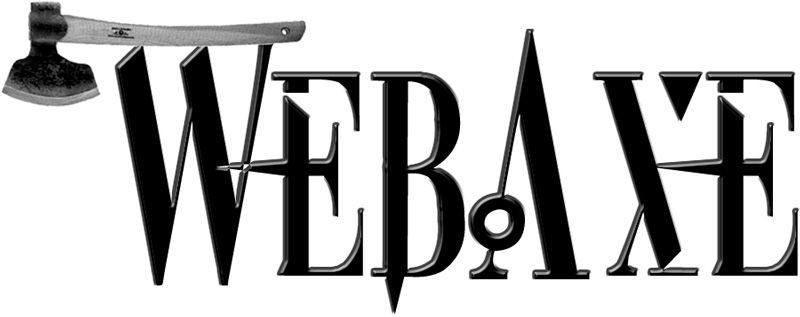This is a response to the blog Web Accessibility Initiative by Nathan Crause. Contrary to the title, the article attempts to disclaim the need for web accessibility, particularly for visual impairments. I submitted a comment but it wasn’t posted. So here it is:
A 3.8% population with visual impairment is not minor at all. If your company has 1 million potential customers, you are ignoring 38,000 chances to make money! And if they’re already customers, be prepared to receive up to 38,000 complaints.
Keep in mind that accessibility also benefits people who have mobile, hearing, and cognitive impairments. They are potential customers, too, and they themselves add up to much more than 3.8% of the U.S. population. The 2009 stats from DisabilityStatistics.org say about 2% of the U.S. population is visually impaired, while total percentage of people who are disabled is around 12%.
Java Applets…seriously?
Content of SVG can be made accessible. And even the accessibility of HTML5 canvas is being worked out.
In addition, Flash can be made accessible. Adobe has made huge improvements here, although not on the Mac. The problem is that developers have the tools to make web sites/apps accessible, but just hardly ever do it.
JavaScript libraries are usually not an issue either. For example, YUI3 and jQuery UI incorporates ARIA which help screen reader users with the interaction.
Still don’t believe me? Check out the W3C’s Developing a Web Accessibility Business Case for Your Organization.
If you current with web technologies, an accessible website doesn’t have to be “crippling”. The bar is now set much higher with modern coding practices available such as progressive enhancement, ARIA, and managing focus. A good example of an accessible web application is Yahoo! email.
The real issue here is ignorance. Ignorance in business, empathy, and proper development technologies and practices. I do agree with you [the author, Nathan] on one point, though; accessibility is a touchy subject.

